Great Dane
Passing it on the street a man automatically gains respect and distance, and all because of the great size and impressive appearance. However, these gentle giants, as defined by many people are dogs with pigeon, but, unfortunately, the sickly heart.
However, these gentle giants, as many describe them, are dogs with a pigeon, although unfortunately, a sick heart.
Classification
- FCI: Group 2 Section 2 #235
- AKC: Working
- KC (UK): Working
- NZKC: Nonsporting
- UKC: Guardian Dogs
The Great Dane is a German domestic dog known for its giant size. Its name in Germany is Deutsche Dogge (German Mastiff). Great Danes are known for their enormous bodies and great height and “big” heart.
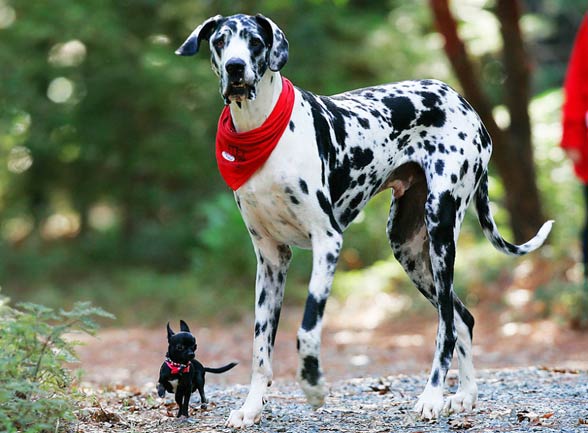
History
The ancestor of the Great Danes originated from Egypt – dating back to 3,000 BCE. Extremely large boarhounds resembling the early Great Dane type appear in ancient Greece, in frescoes from Tiryns dating back to 14th-13th centuries BCE.
16th Century
In the middle of the 16th Century, the nobility in many countries of Europe imported strong, long-legged dogs from England, which descended from crossbreeds between the Irish Wolfhound and the English Mastiff. They were dog hybrids in different sizes and phenotypes and no formal breed in the understanding of our days. This type was called “Englische Docke”, “Englische Tocke” – later written and spelled: “Dogge” – or “Englischer Hund” in Germany. The name originally meant simply “English dog”. In other continental European countries, similar terms developed too. The English word “dog” became after time the term for a molossoid dog in Germany and in France, too.
17th Century
Since the beginning of the 17th Century, these dogs were bred independently on the courts of the German nobility.

19th Century
The name “Englische Dogge” stayed common until the 19th Century. In the course of the centuries, this designation wasn’t anymore understood as a designation of origin but should characterize this dog type as something special and distinguish its idiosyncrasy. In this way were the kennels named as “Englische Stall” (English stable) and the (local) keepers “Englische Hunds-Jungen’ (English dog-keepers [boys]). Similarly were to other dog types given the names of other countries, without that there had to be a real relationship or ancestry.
They were kept as dogs for the hunt on bear, boar and deer at princely courts, where the most beautiful and strongest as ‘Kammerhunde” (chamber dogs) with gilded collars stayed at night in the bedchamber of their lord. For the dogs were made big sleeping-places with paddings or bearskins. They should protect the sleeping prince against assassins. The second most beautiful was named “Leibhunde” (favorite dogs) and gets silvered collars. All the rest remained the “Englische Docken”. They get no special collars and were kept in the “Englische Stall” (kennel).
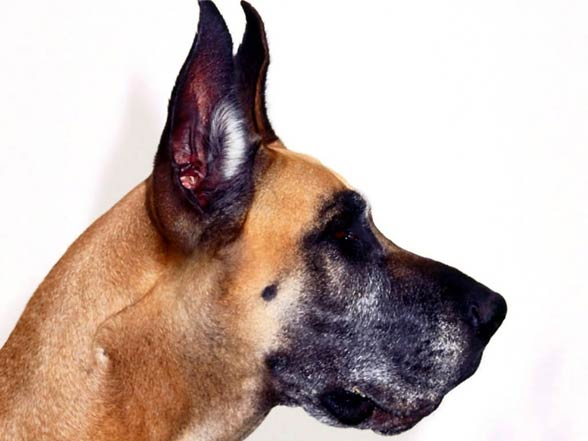
In the mid-19th Century it found with the beginning of the pedigree breeding and founding of kennel clubs under the names ‘Ulmer Dogge” und “Dänische Dogge” bigger interest, again. In the English-speaking countries was it originally denoted as “German boarhound”. In the studbook of England was the name “German boarhound” not before 1894 changed in “Great Dane”. Some German breeders tried to introduce the Names “German Dogge” or “German Mastiff” on the English market, because this breed should be marketed as a dog of luxury and not as a working dog. Nonetheless, these names were not accepted. “Dogge” sounded to strange and on the upcoming rivalries of nations no one wanted to have a German dog or even a so-called “Reichshund”.
Today the FCI designates the Great Dane as a German breed.
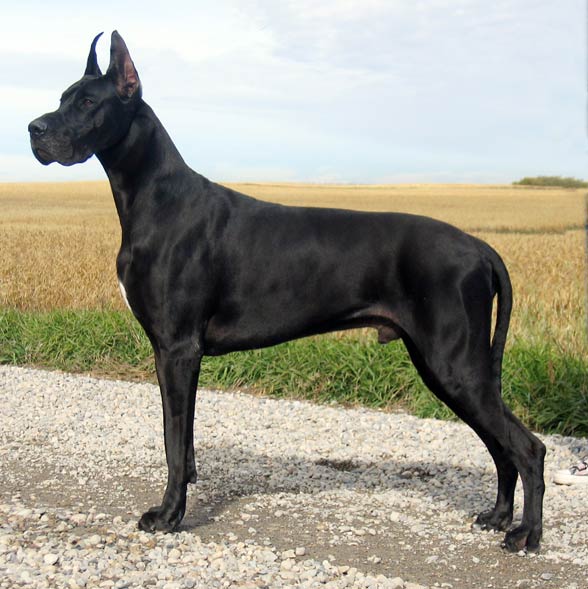
Characteristic
The male dog should not be less than 30 in (76 cm) at the shoulders, a female 28 in (71 cm). Danes under minimum height are disqualified.
From year to year, the tallest living dog is typically a Great Dane. Previous record holders include Gibson, Titan and George however, the current record holder is a black Great Dane named Zeus who stands 112 cm (44 in) at the shoulder. He is also the tallest dog on record (according to Guinness World Records), beating the previous holder who was a blue Great Dane named George, who stood 110 cm (43 in) at the shoulder.
The minimum weight for a Great Dane over eighteen months is 120 lb (54 kg) for males, 100 lb (45 kg) for females. Unusually, the American Kennel Club dropped the minimum weight requirement from its standard. The male should appear more massive throughout than the female, with a larger frame and heavier bone.
In the ratio between length and height, the Great Dane should be square.
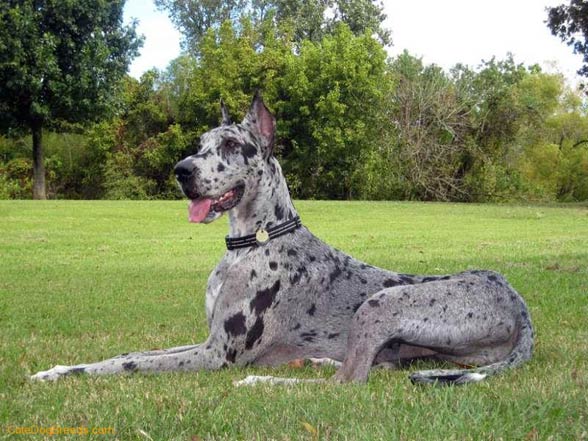
Coat colors
There are six show-acceptable coat colors for Great Danes:
Fawn
The color is yellow gold with a black mask. Black should appear on the eye rims and eyebrows, and may appear on the ears.
Brindle
The color is fawn and black in a chevron stripe pattern. Often also they are referred to as having a tiger-stripe pattern.
Blue
The color is a pure steel blue. White markings at the chest and toes are not desirable and considered faults.
Black
The color is glossy black. White markings at the chest and toes are not desirable and considered faults.

Harlequin
The base color is pure white with black torn patches irregularly and well distributed over the entire body; a pure white neck is preferred. The black patches should never be large enough to give the appearance of a blanket, nor so small as to give a stippled or dappled effect. Eligible, but less desirable, are a few small grey patches (this grey is consistent with a Merle marking) or a white base with single black hairs showing through, which tend to give a salt and pepper or dirty effect.
Grey merle (Grautiger) dogs are acceptable in conformation shows under the F.C.I. as the grey merle dogs can produce correctly marked black/white harlequin dogs, depending on the combinations. The aim for deleting the color grey merle as a disqualifying fault is to provide a wider gene pool. Their status is that they are “neither desirable nor to be disqualified”. Consequently, this color must never obtain the highest grading at dog shows.

Mantle
In some countries referred to as Bostons due to the similar coloration and pattern as a Boston Terrier: the color is black and white with a solid black blanket extending over the body; black skull with white muzzle; white blaze is optional; whole white collar preferred; a white chest; white on part or whole of forelegs and hind legs; white-tipped black tail. A small white marking in the black blanket is acceptable, as is a break in the white-collar.
Other colors occur occasionally but are not acceptable for conformation showing, and they are not pursued by breeders who intend to breed show dogs. These colors include white, fawnequin, brindlequin, merle, merlequin, blue merle, fawn mantle, and others. Some breeders may attempt to charge more for puppies of these “rare” colors.

Temperament
The Great Dane’s large and imposing appearance belies its friendly nature. The breed is often referred to as a “gentle giant”. Great Danes are generally well disposed toward other dogs, other non-canine pets, and familiar humans. They generally do not exhibit extreme aggressiveness or a high prey drive. The Great Dane is a very gentle and loving animal and with the proper care and training is great around children, especially when being raised with them. However, if not properly socialized a Great Dane may become fearful or aggressive towards new stimuli, such as strangers and new environments.
Great Danes are a breed recommended for families provided that they get trained early and onwards, regarded by animal experts due to their preference for sitting on and leaning against owners as ‘the world’s biggest ‘lapdog.’
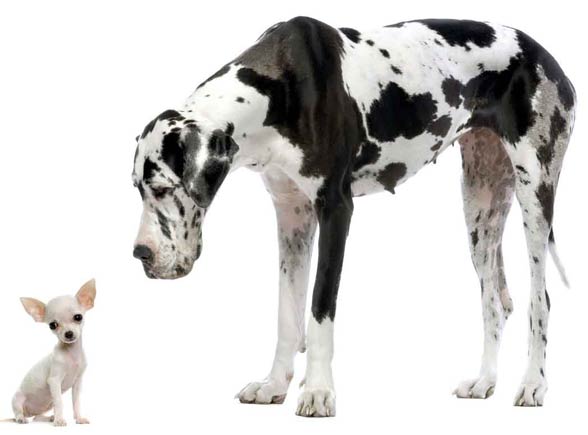
Exercise
Great Danes, like most dogs, require daily walks to maintain their health. However, it is important not to over-exercise this breed, particularly when young. Great Dane puppies grow very large, very fast, which puts them at risk of joint and bone problems. Because of a puppy’s natural energy, Dane owners often take steps to minimize activity while the dog is still growing.
Given their large size, Great Danes continue to grow (mostly gaining weight) longer than most dogs. Even at one year of age, a Great Dane will continue to grow for several more months
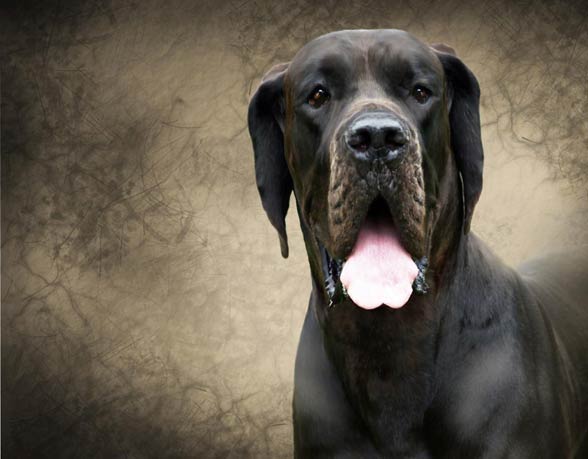
Health
Great Danes, like most giant dogs, have a fairly slow metabolism. This results in less energy and less food consumption per pound of the dog than in small breeds. Great Danes have some health problems that are common to large breeds, including bloat (gastric dilatation volvulus (GDV)). The average life span of Great Danes is 6 to 8 years. Like many larger breeds, Great Danes are at particular risk for hip dysplasia.
Dilated cardiomyopathy (DCM) and many congenital heart diseases are also commonly found in the Great Dane, leading to its nickname: the Heartbreak breed, in conjunction with its shorter lifespan. Great Danes also may carry the merle gene, which is part of the genetic makeup that creates the harlequin coloring. The merle gene is an incomplete dominant, meaning only one copy of the gene is needed to show the merle coloring; two merle genes produce excessive white markings and many health issues such as deafness, blindness, or other debilitating ocular issues.
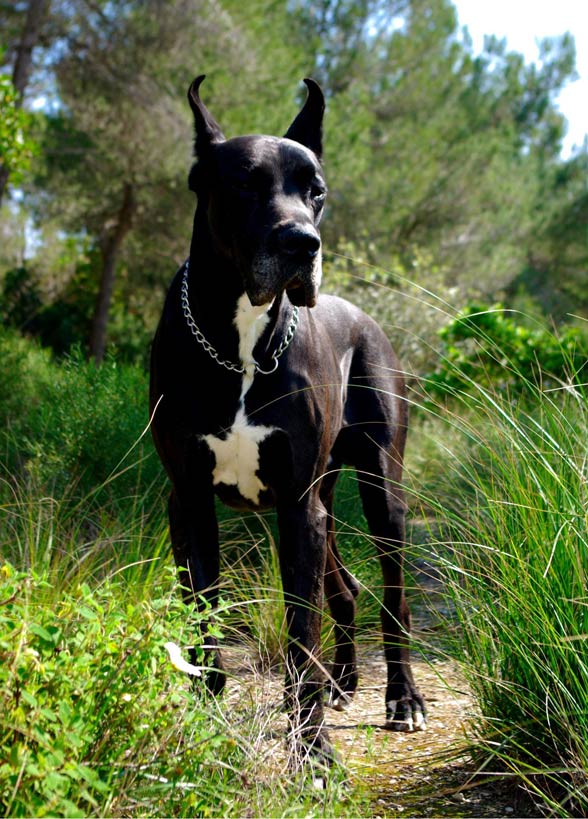
Data / Dimensions
- Weight:
- Males: 120–200 lb (54–91 kg)
- Females: 100–130 lb (45–59 kg)
- Height:
- Males: 30–34 in (76–86 cm)
- Females: 28–32 in (71–81 cm)
- Life span: 6–8 years

Great Dane – interesting facts
- Dogs resembling the Great Danes were found in Egypt in 3000 BC.
- Every year the highest dog is elected. Previous record holders, including Gibson (107 cm), Titan (107,3 cm) and George (110 cm) left behind, because the winner – Zeus – measures 112 cm height at the shoulders.
- Scooby-Doo, the famous Hanna-Barbera character, was based on a Great Dane by animation designer Iwao Takamoto. Takamoto based his illustrations on sketches given to him by a Hanna-Barbera employee who bred this dog. Scooby closely resembles a Great Dane, although his tail is longer than the breed’s, bearing a closer resemblance to a cat’s tail.
- Culturing the harlequin variety, merle and white dog (associating them with each other), is a controversial practice to the extent that, for example in Germany was prohibited under the laws of animal protection, because litters of extraordinary parents were owners of a double merle gene, often causing deafness and blindness in newborn puppies.
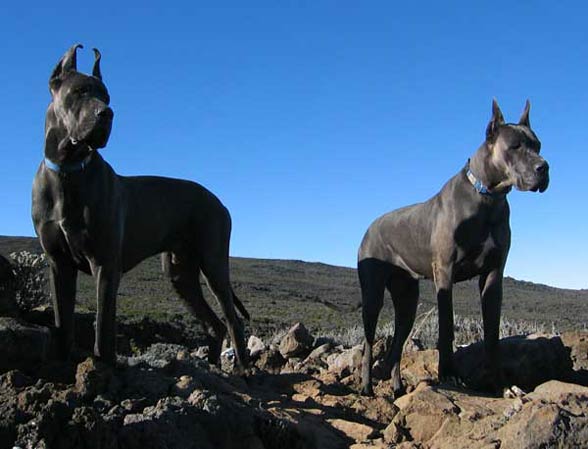


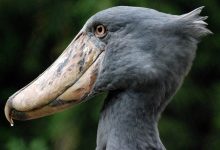
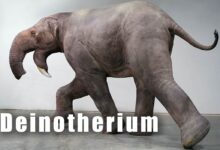






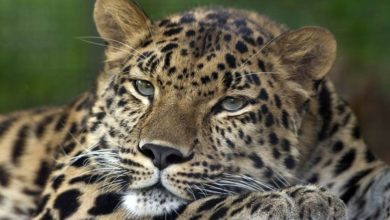
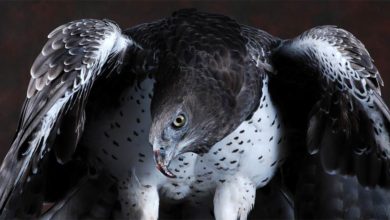


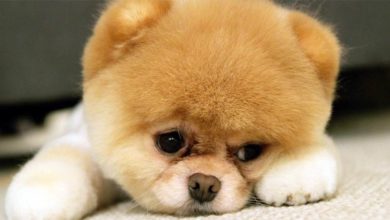
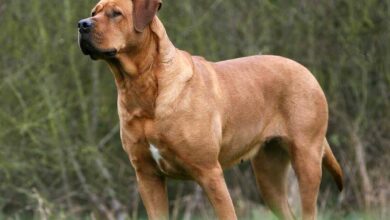
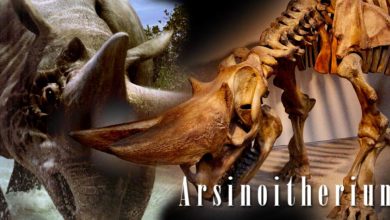
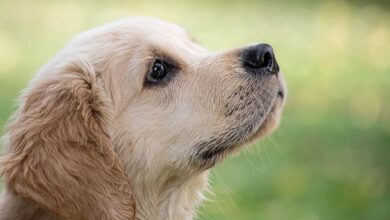
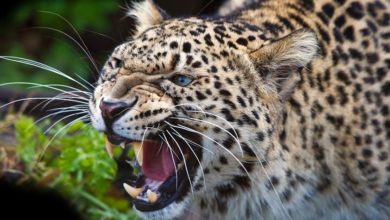
The great dane is indeed a danish dog. It was first breed in Denmark by the royal family, but Germany/Prussia has since 1864 tried to make the dog theirs.